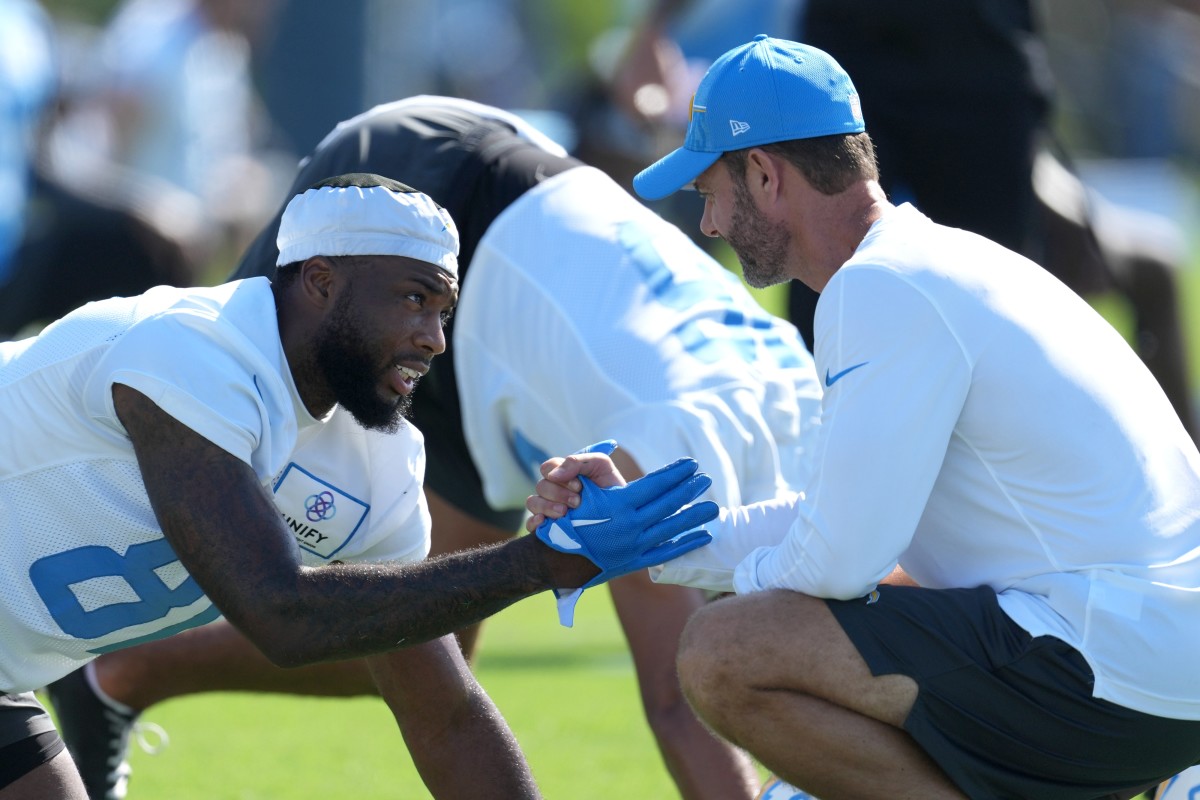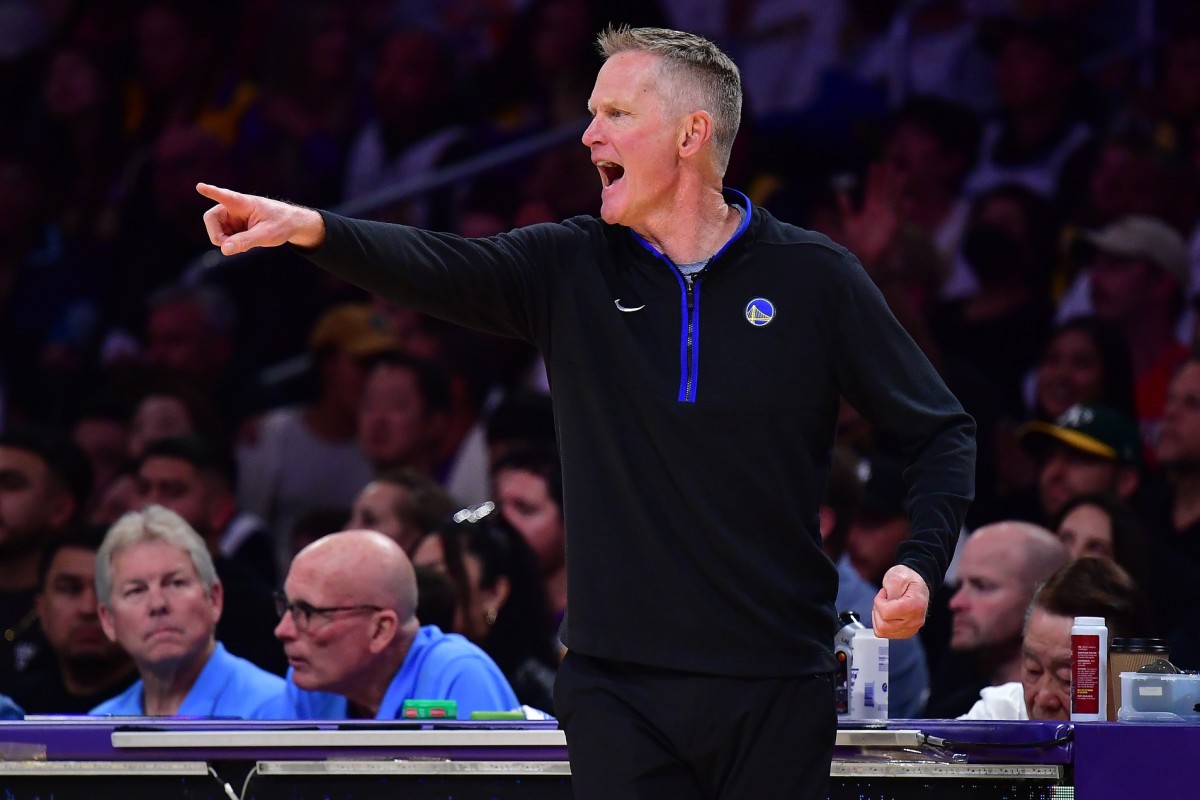Chargers Are Trying to Emulate This NBA Dynasty’s Culture
More from Albert Breer: Takeaways: Matthew Stafford Is Healthier Than He’s Been in Years | The Moment the Packers Knew Jordan Love Was Ready to Take Over for Aaron Rodgers
Chargers coach Brandon Staley had a pretty cool experience in the spring. And it affirmed something he was feeling with his team at the time.
Over the past two years, Staley, like any new head coach, looked to instill a culture and philosophy into his locker room, something that’s easier to say than it is to do. He felt like what it would take, over time, was the Chargers’ best players, first and foremost, buying into what he and his staff were selling, and then for those players to also be the best people and workers in the organization.
Then, he spent some time as a fly on the wall with one of the best organizations in sports, and all of it came together for him.

“I spent some time with Steve Kerr this spring when [the Warriors] were going through the playoffs,” Staley says. “And he said the same thing about his playing career, whether he was playing at Arizona for Lute Olson or playing for Chicago and San Antonio, certainly coaching at Golden State—your best players represent your culture. In the NFL, who you pay represents your culture.”
Staley and Kerr got connected through a mutual friend and have communicated over the past few years. That led to Kerr inviting Staley to Game 3 of the Warriors’ first-round series against the Kings, just a few days before the NFL draft. Staley traveled to San Francisco and spent time as a fly on the wall, in coaching meetings and game-planning meetings, trying to soak in all he could in watching the defending champions going to work.
As luck would have it, the trip lined up with Warriors star Draymond Green’s suspension, so Staley got an inside look at a proud champion under less-than-ideal circumstances. He saw Steph Curry shine in a teammate’s absence. He saw Klay Thompson slump early but hit two crucial shots. He saw Kerr’s message to his players to play with urgency, invoking the old John Wooden quote, “Be quick, but don’t be in a hurry.”
He left having seen a team’s culture carry it through an adverse situation because, really, that culture was owned and operated by the team’s best players.
And that’s one reason why Staley’s so encouraged now that a breakthrough is coming in Los Angeles.
“When I became the head coach, Corey Linsley, Mike Williams, Derwin James, what we did in trading for Khalil Mack, re-signing Justin Herbert, all those big contracts we’ve paid for, Joey Bosa, I just think you’ve seen the investment from the Spanoses, and it’s not only the caliber of the player but the caliber of the leader,” Staley says. “And I think what we have here, you keep adding these pieces as you go. So going into Year 3, you’ve added all these pieces, and what you see now is a lot of hard work.
“And you see these players really driving the practice field, driving the meeting room, and that’s what you want. It’s a team that’s close. And it takes time to get close; you can’t just have it happen, so we’ve really had to work hard for it.”

Staley illustrated his point by talking about how Williams and Keenan Allen are constantly challenging the defensive players, and Bosa and Mack are doing the same for the offensive players. “And then I just think what we did with Justin,” Staley continues, “you’re seeing Justin really make this his football team.”
Because Staley knew it wouldn’t hurt to emphasize what he saw on the weekend in San Francisco, he did pull on his Warriors connections one last time before the season started. He asked Kerr whether he’d come out and address the team before camp. Kerr’s responsibilities coaching Team USA prevented it from happening, but Kerr sent his top assistant Chris DeMarco instead, and DeMarco drove home a message on leadership centering on the fact that Curry, Green and Thompson weren’t stars out of the gate—they had to work to get there.
Which, DeMarco said, really has marked what the Warriors’ culture has become, the kind that at least one NFL team would like to emulate. And Staley, for the record, does think they’re getting there.
“You’re seeing these players become the culture,” he says, “and that’s exactly what you’re looking for.”
Which is to say, Staley thinks he’s found it.
